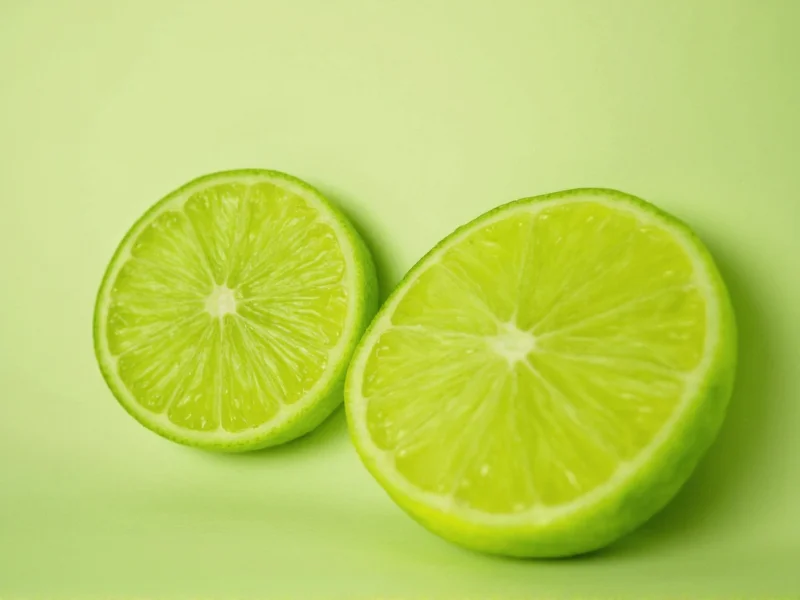Understanding precise lime juice measurements is essential for consistent results in cooking, baking, and beverage preparation. Whether you're making guacamole, ceviche, or a classic margarita, accurate lime juice quantities directly impact flavor balance and chemical reactions in recipes.
Factors Affecting Lime Juice Yield
The actual amount of juice you extract from a lime depends on several variables:
- Lime variety: Persian (common grocery store) limes typically yield more than Key limes
- Ripeness: Fully ripe limes contain more juice than underripe specimens
- Temperature: Room-temperature limes yield 20-30% more juice than cold limes
- Juicing method: Hand-rolled limes produce more juice than unrolled ones
- Size: Large limes can yield up to 3 tablespoons, while small ones may provide only 1
Standard Lime Juice Conversion Chart
| Measurement Needed | Fresh Limes Required | Bottled Juice Equivalent |
|---|---|---|
| 1 tablespoon (15 ml) | ½ medium lime | 1 tablespoon |
| 2 tablespoons (30 ml) | 1 medium lime | 2 tablespoons |
| ¼ cup (60 ml) | 2 medium limes | ¼ cup |
| ½ cup (120 ml) | 4 medium limes | ½ cup |
| 1 cup (240 ml) | 8 medium limes | 1 cup |
Fresh vs. Bottled Lime Juice: Key Differences
While bottled lime juice offers convenience, understanding the differences helps you make informed substitutions:
- Flavor profile: Fresh lime juice has brighter, more complex citrus notes compared to the slightly flat taste of bottled versions
- Vitamin C content: Fresh juice contains approximately 30% more vitamin C than processed alternatives
- Acidity level: Fresh lime juice has a pH of 2.0-2.4, while bottled versions often test at 2.2-2.6 due to preservatives
- Substitution ratio: When substituting bottled for fresh, use 1:1 ratio but add ¼ teaspoon citric acid per ¼ cup for closer flavor approximation
Professional Techniques for Maximizing Juice Yield
Chefs and mixologists use these proven methods to extract every drop of valuable lime juice:
- Temperature treatment: Roll limes firmly on a hard surface with palm pressure before cutting to break down internal membranes
- Microwave method: Heat limes for 10-15 seconds to loosen juice vesicles without cooking the fruit
- Cutting technique: Slice limes crosswise rather than lengthwise for better juice extraction
- Tool selection: Use a handheld reamer for small quantities or an electric juicer for larger batches
- Double extraction: Squeeze limes once, then microwave for 5 seconds and squeeze again to gain 15-20% more juice
Recipe-Specific Lime Juice Requirements
Different culinary applications require precise lime juice measurements for optimal results:
- Margaritas: Authentic recipes require ¾ ounce (22 ml) fresh lime juice per cocktail for proper acid balance
- Guacamole: Traditional preparation uses juice from 1 lime per 3 avocados to prevent browning without overwhelming flavor
- Ceviche: Requires ¼ cup lime juice per pound of fish for proper denaturation without overcooking
- Baking: Substitute 2 tablespoons lime juice plus ¼ teaspoon baking soda for each egg in vegan recipes
Storage and Shelf Life Considerations
Proper storage maintains lime juice quality and extends usability:
- Freshly squeezed lime juice retains optimal flavor for 2-3 days when refrigerated in an airtight container
- Freeze juice in ice cube trays (2 tablespoons per cube) for up to 6 months
- Preserve lime halves by pressing cut surfaces with plastic wrap to minimize oxidation
- Never store lime juice in metal containers, which can cause metallic flavor transfer











 浙公网安备
33010002000092号
浙公网安备
33010002000092号 浙B2-20120091-4
浙B2-20120091-4